When it comes to diamonds, should you choose one that’s formed naturally over billions of years or opt for a lab-grown alternative that offers a more affordable option? While both have their appeal, natural diamonds stand out for their rarity, historical value, and the ethical sourcing practices that are evolving within the industry. Ultimately, the choice between natural vs artificial diamonds depends on what matters most to you: tradition, sustainability, or cost.
Let’s Begin
We’ve all been enchanted by the sparkle of a diamond. It’s one of those rare things that catches the light just right and leaves us in awe. For centuries, diamonds have symbolised love, commitment, and timeless beauty. But recently, there’s been a new player in the world of diamonds: lab-grown diamonds. And let’s be honest, they’re getting a lot of attention.
As you search for the perfect diamond, you might be asking yourself: Do I go for a natural diamond or one that’s lab-grown? Is it just a matter of price? Or is there something deeper we should be thinking about when it comes to the ethics, the history, and even the long-term value of these precious stones? In this blog, we’ll break it all down: the sparkle, the costs, and everything in between to help you decide. Let’s dive in!
What’s the Deal With Natural Diamonds?
When you think of a diamond, chances are you’re imagining a natural diamond: the classic, traditional gem. These beauties are formed deep within the Earth, taking billions of years to grow under extreme pressure and heat. It’s a process that’s so rare that natural diamonds are one of the most coveted things on Earth.
Natural diamonds are mined from the Earth’s crust, a process that can be time-consuming, costly, and not exactly environmentally friendly. But for many of us, the rarity of natural diamonds is part of what makes them so special. They come with a story that spans millions of years, and that, in a way, makes them one-of-a-kind.
And What About Lab-Grown Diamonds?
On the flip side, we have lab-grown diamonds also known as synthetic diamonds, which have been making waves lately. Unlike natural diamonds, these diamonds are created in a laboratory setting. There are two main ways to do this: High Pressure High Temperature (HPHT) and Chemical Vapour Deposition (CVD).
These methods mimic the natural conditions that form diamonds, but the whole process happens in just weeks or months rather than billions of years. Here’s the kicker: lab-grown diamonds are chemically, physically, and optically identical to natural diamonds. They sparkle just as brightly, they’re just as hard, and they come in the same stunning cuts and colours. The big difference? They’re much more affordable and don’t carry the same environmental and ethical baggage that can come with mining natural diamonds.
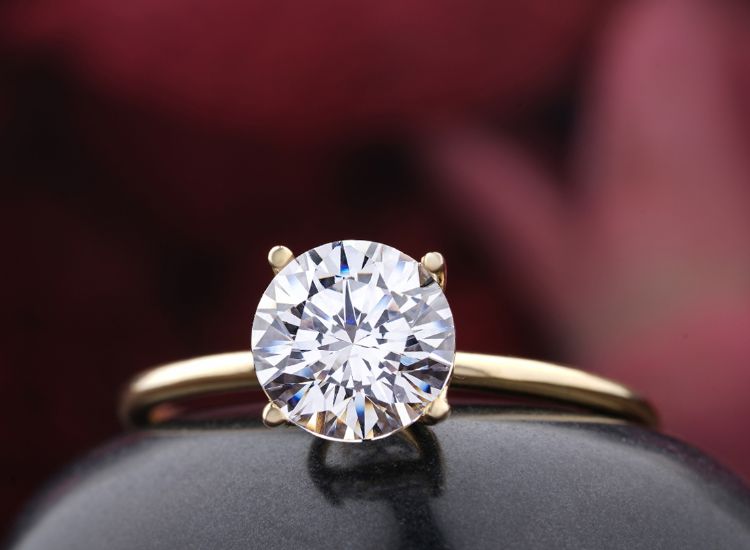
1. The Price Factor: Natural Diamonds vs Lab-Grown Diamonds
Let’s talk about pricing because, let’s face it, that’s often the deciding factor when making a big purchase. Natural diamonds are expensive, and it’s easy to see why. They take billions of years to form, and the mining process is costly, so all of this gets passed on to you —the buyer.
On the other hand, lab-grown diamonds are far more affordable. Because they’re created in a lab (with less need for mining, transport, and the like), the costs are significantly lower. You can expect to pay anywhere from 20-40% less for a lab-grown diamond of the same size and quality as a natural one.
2. Environmental and Ethical Considerations: Where Do You Stand?
When we talk about diamonds, it’s not just about beauty and sparkle. Many of us are becoming more aware of the environmental and ethical issues surrounding the products we purchase. Despite the concerns about mining practices, natural diamonds still offer certain advantages when it comes to sustainability and ethical sourcing — particularly when compared to other industries.
Natural diamonds are part of a longstanding heritage, a product of the Earth’s natural processes, formed millions of years ago. The diamonds we purchase today have taken centuries to form and are part of the Earth’s geological history, making them inherently valuable. The allure of a natural diamond is tied to its rarity and connection to nature, which can hold deep sentimental and ethical value for many people.
The diamond industry has come a long way in recent years to ensure that diamonds are sourced ethically. Many diamond mines today operate under strict regulations and ethical standards that ensure workers are treated fairly and mining practices are conducted responsibly. In addition, industry initiatives, such as the Kimberley Process Certification Scheme, have been put in place to track the origin of diamonds and ensure they are not sourced from regions where human rights abuses or environmental harm occur. As a result, many natural diamonds on the market are ethically sourced and come from mines that prioritise the well-being of local communities and the environment.
On the other hand, lab-grown diamonds are made in a lab, so there’s no risk of supporting conflict or contributing to environmental harm. Many lab-grown diamonds are also produced using renewable energy, which means they leave behind a much smaller carbon footprint than natural diamonds.
3. Rarity and Value: Why Natural Diamonds Hold Their Appeal

Let’s be real: we all know that rarity often equals value. Natural diamonds are as rare as they get. The fact that they take billions of years to form under natural conditions gives them a sense of mystique and prestige that lab-grown diamonds can’t quite match.
This rarity is one of the reasons natural diamonds hold their value. Over time, natural diamonds tend to retain their worth better than lab-grown diamonds. While lab-grown diamonds are beautiful and durable, they’re not as rare, and that affects their resale value.
If you’re looking for something that’s timeless — a piece that you can pass down for generations — a natural diamond holds a special place in that legacy. It’s a piece of Earth’s history.
4. The Sentimental Value: The Story Behind the Sparkle
When it comes to diamonds, it’s not just about the size or sparkle; it’s about the story. Natural diamonds carry with them a deep sense of history and sentiment. When you get a natural diamond, especially for something significant like an engagement ring, it feels like you’re getting a piece of time itself. It has been millions of years in the making, and there’s something magical about owning a gem that’s that old.
Lab-grown diamonds, though beautiful, don’t have this same sense of legacy. Sure, they might be perfect in every way, but there’s something uniquely powerful about a natural diamond. It’s a symbol of lasting love and connection, something that’s been formed over millennia. And in many ways, this connection to time and nature is irreplaceable.
5. Longevity and Investment: Natural Diamonds as an Asset
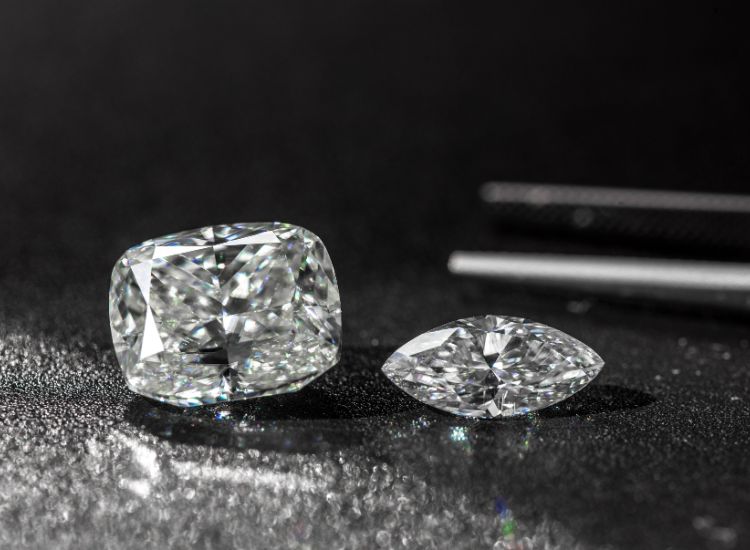
If you’re looking at diamonds as an investment, natural diamonds still have the edge. They have a long history of holding value and appreciating over time. Lab-grown diamonds, while stunning and durable, are more likely to lose value in the resale market.
Natural diamonds are seen as a long-term asset, and many buyers consider them not just for their beauty but also as an investment. The rarity and lasting appeal of a natural diamond give it a certain economic stability that lab-grown diamonds can’t yet offer.
VBJ Diamond Collections: Diamonds as Unique as Your Moments
At VBJ, we are dedicated to offering only the finest natural diamonds. With decades of expertise, we specialise in diamonds that are as rare and unique as the moments they celebrate. Our collection features ethically sourced diamonds, each with a story millions of years in the making. We take pride in providing exquisite diamonds that embody authenticity, rarity, and the unparalleled beauty that only nature can create. Whether you’re looking for an engagement ring or a special piece of jewellery, we offer timeless diamonds that will last for generations. Experience the legacy of natural diamonds at VBJ!
Summing Up
So, when it comes to the big debate: natural diamonds vs lab-grown diamonds, it’s clear that both have their place in the market. Lab-grown diamonds are affordable, ethical, and environmentally friendly. They’re a great option for those on a budget.
However, there’s something about a natural diamond that simply can’t be matched. Its rarity, its timeless beauty, and the history behind it make it a one-of-a-kind treasure. If you’re looking for something that speaks to the history of the Earth, carries sentimental value, and holds its value over time, the natural diamond still stands as the ultimate choice. Natural diamonds are a true symbol of love, legacy, and luxury.
| For Latest Updates and Trends Checkout Official Vummidi Bangaru Jewellers Instagram Page |
FAQs Related To Natural vs Artificial Diamonds
1. What’s the main difference between natural and lab-grown diamonds?
The primary difference lies in how they are formed. Natural diamonds take billions of years to form under extreme pressure deep within the Earth, while lab-grown diamonds are created in a laboratory over a few months using similar conditions.
2. Are lab-grown diamonds less valuable than natural diamonds?
Lab-grown diamonds are typically more affordable than natural diamonds due to the shorter time it takes to create them and the lack of mining costs. However, both types of diamonds are valued for their beauty and quality.
3. Are natural diamonds ethically sourced?
Many natural diamonds are ethically sourced, particularly those that adhere to certification programs like the Kimberley Process, which ensures diamonds are conflict-free and responsibly mined.
4. Why are natural diamonds so expensive?
Natural diamonds are rare and take billions of years to form, contributing to their higher cost. The mining process also adds to their price due to the labour and resources required to extract them.
5. Can a natural diamond be recycled or repurposed?
Yes, natural diamonds can be repurposed or reset into new jewellery. Many people recycle their old diamond jewellery to create new, meaningful pieces.
 Store Locator
Store Locator 

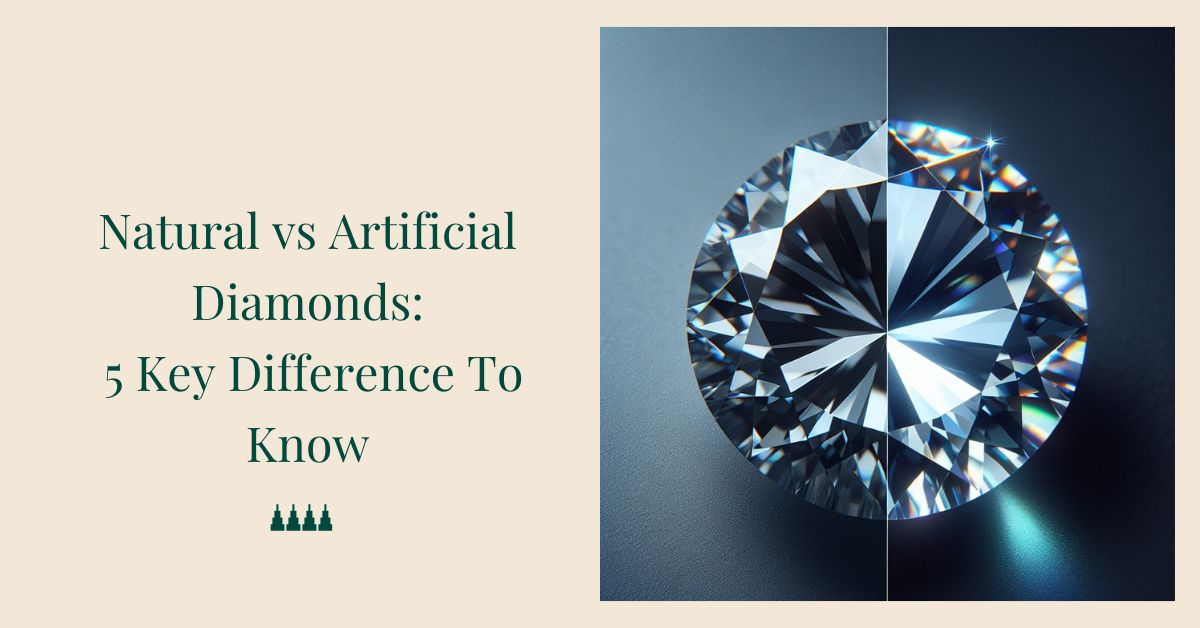
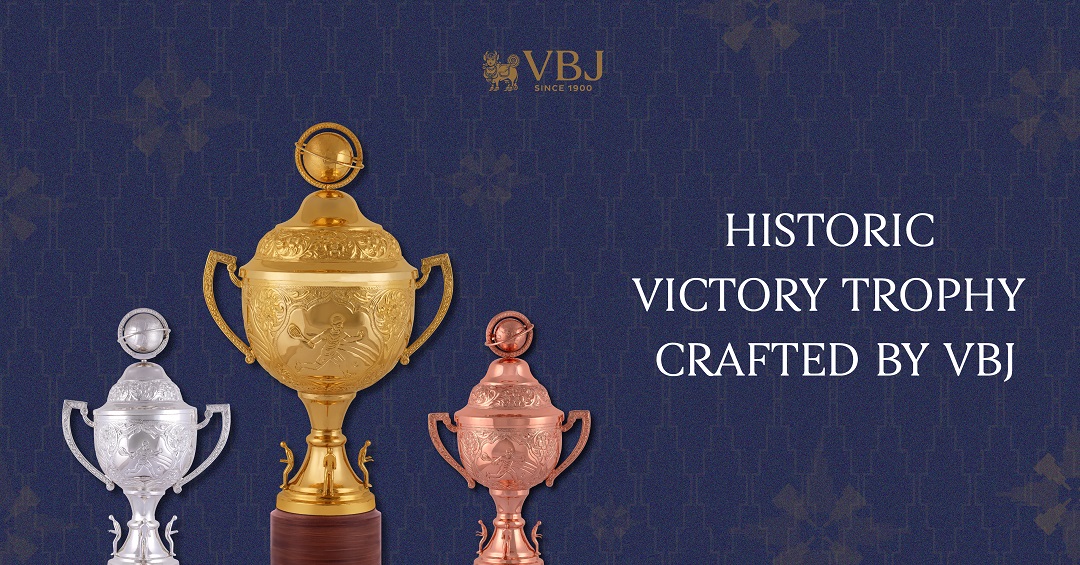
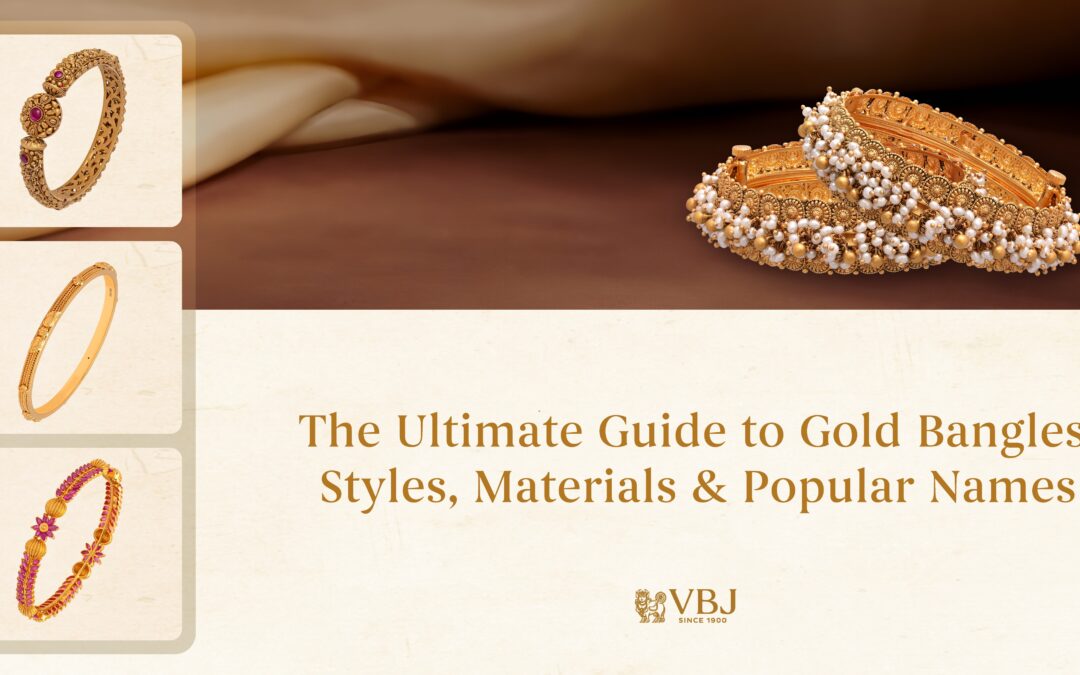
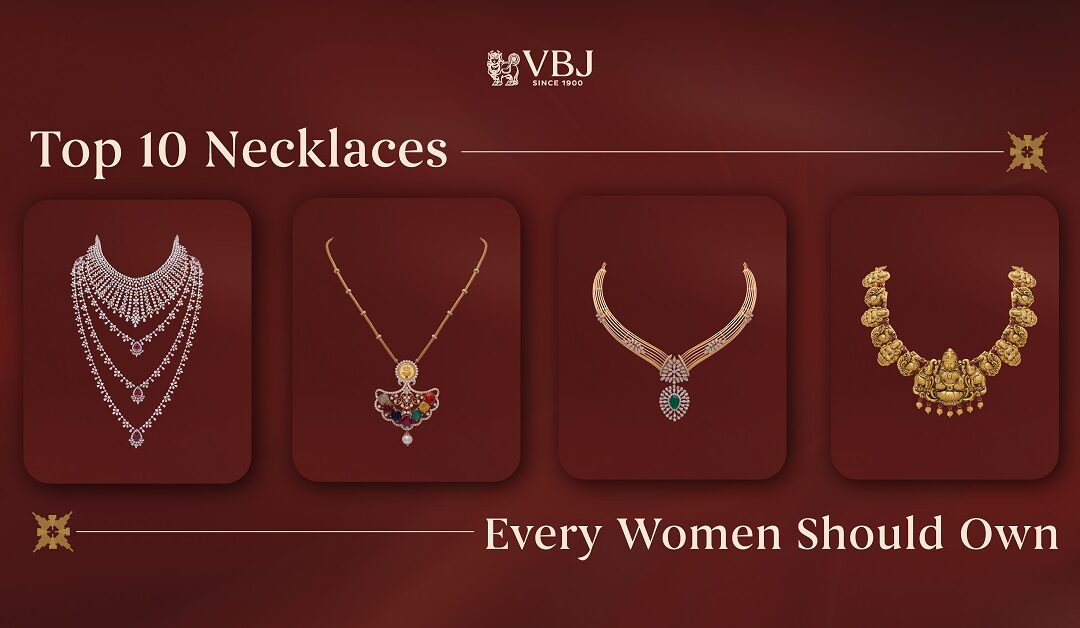
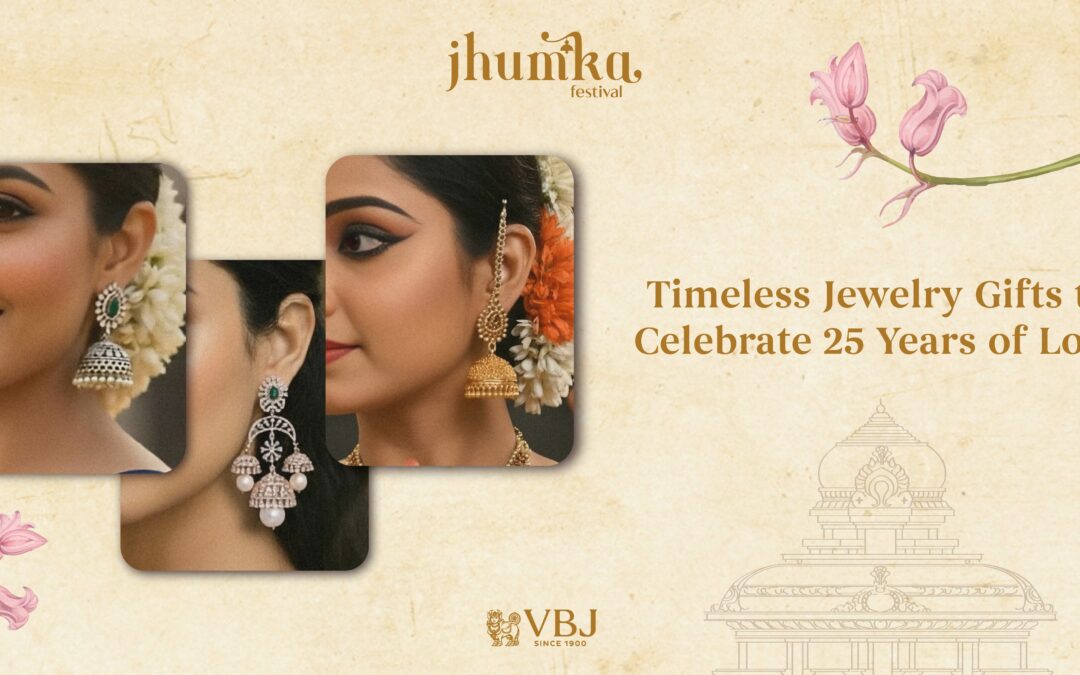

0 Comments